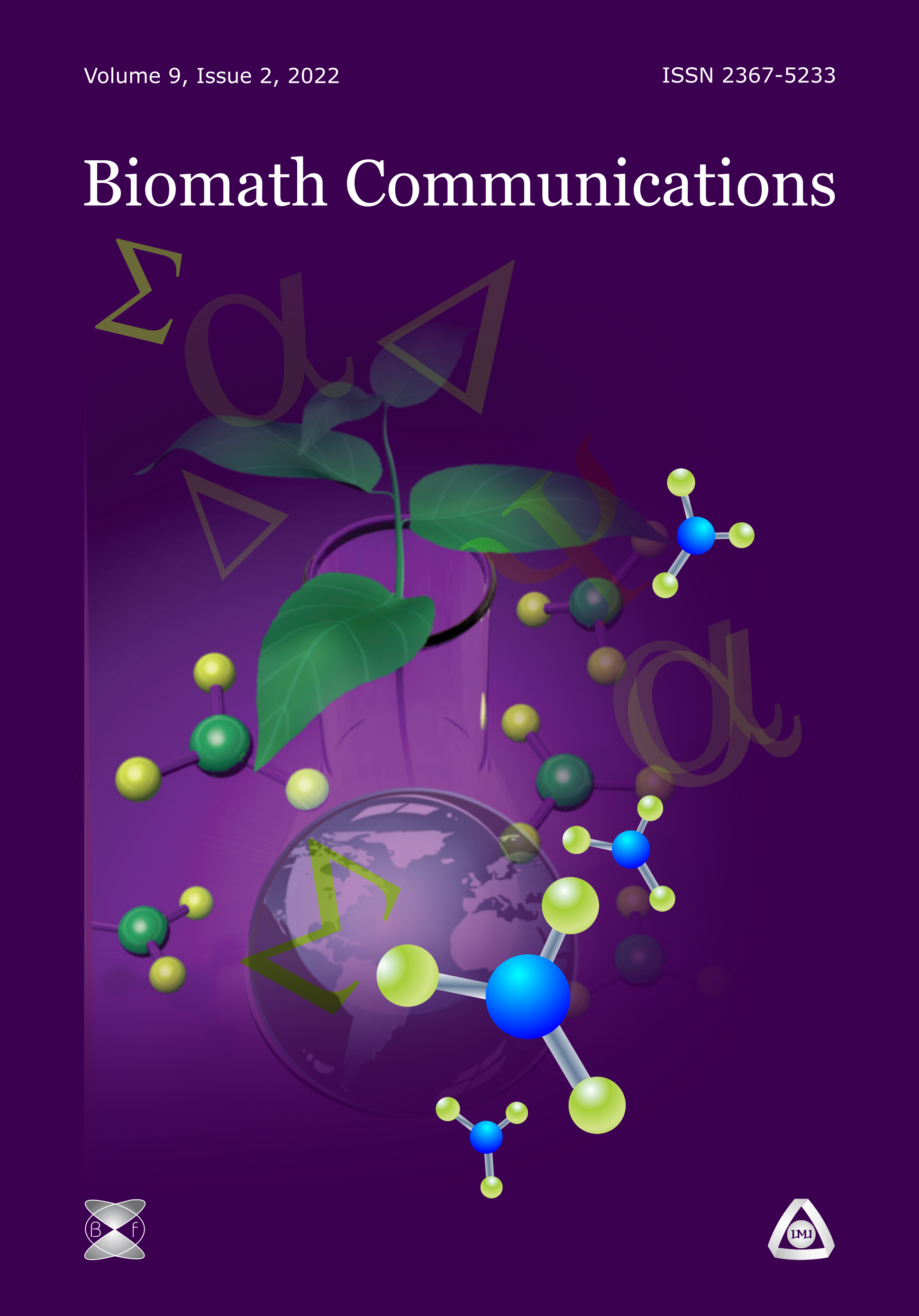Topological Analysis of Pattern-Forming Systems
DOI:
https://doi.org/10.11145/cb.v3i1.634Abstract
A few basic motifs, such as hexagonal lattices, are prevalent in a wide variety of pattern-forming biological and other chemical and physical systems.В These include phyllotaxis (the arrangement of elements such as leaves or seeds on plants) [1], biomineralization processes [2], and nanostructures formed by the bombardment of binary materials by ions [3].В The chemical and physical mechanisms behind the formation of these similar patterns are, however, very different.В It is a challenge to compare mathematical models with observations or experiments since very disparte mechanisms can produce similar steady-state patterns.
Over the last decade, a powerful new tool of computational topology called persistent homology has been developed to characterize the topological properties of a set of points or a surface at all length scales.В Applying variations on this technique to the surfaces produced by simulations of pattern-forming systems, we find that, although the topological properties of the steady-state solutions are similar, the evolution of the topological properties to that steady state can differ significantly.В This provides a potential way of distinguishing between mechanisms and for determining parameters. ...
Downloads
Published
Issue
Section
License
The journal Biomath Communications is an open access journal. All published articles are immeditely available online and the respective DOI link activated. All articles can be access for free and no reader registration of any sort is required. No fees are charged to authors for article submission or processing. Online publications are funded through volunteer work, donations and grants.
Authors who publish with this journal agree to the following terms:
- Authors retain copyright and grant the journal right of first publication with the work simultaneously licensed under a Creative Commons Attribution License 4.0 that allows others to share the work with an acknowledgement of the work's authorship and initial publication in this journal.
- Authors are able to enter into separate, additional contractual arrangements for the non-exclusive distribution of the journal's published version of the work (e.g., post it to an institutional repository or publish it in a book), with an acknowledgement of its initial publication in this journal.
- Authors are permitted and encouraged to post their work online (e.g., in institutional repositories or on their website) prior to and during the submission process, as it can lead to productive exchanges, as well as earlier and greater citation of published work (See The Effect of Open Access).

